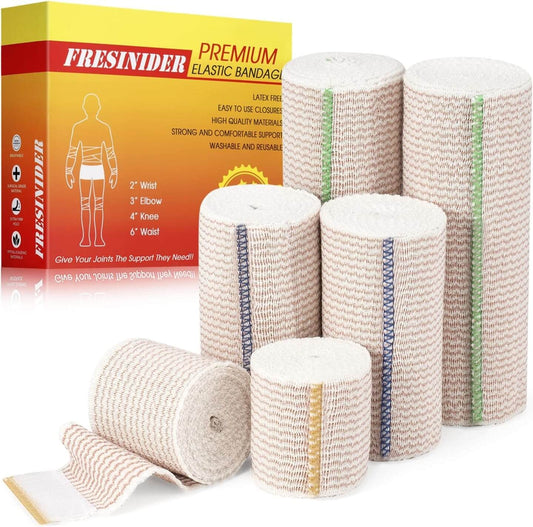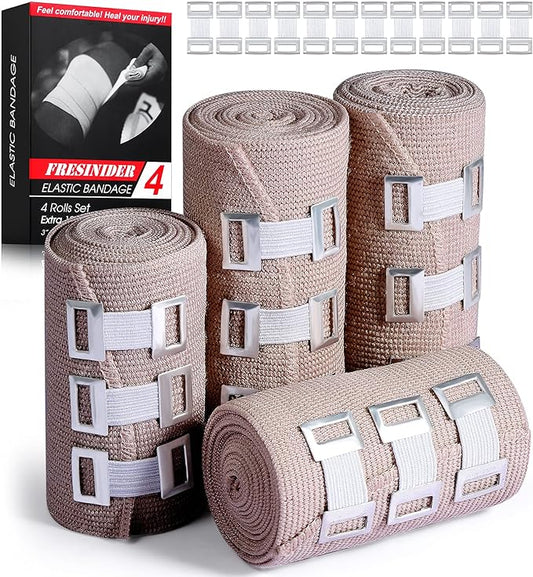If you have ever watched a volleyball match closely, you may have noticed many players with their fingers wrapped in tape. This often sparks curiosity: why do volleyball players tape their fingers? The practice isn’t just a style choice — it’s an essential part of protecting hands and maintaining peak performance. Taping offers players the ability to prevent injuries, reduce pain, and provide stability during intense rallies.
In this complete guide, we’ll explore the reasons volleyball athletes tape their fingers, the most common techniques, step-by-step instructions, the benefits and drawbacks, as well as alternatives you can use to protect your hands.
The Main Reasons Volleyball Players Tape Their Fingers
Injury Prevention and Joint Support
One of the primary reasons players tape their fingers is to prevent injuries. Volleyball involves constant blocking, spiking, and setting — movements that can easily lead to finger sprains or jams. Taping provides added joint support, limiting excessive bending and reducing the risk of ligament strain.
Reducing Pain and Swelling
For athletes recovering from minor injuries, taping can significantly reduce pain and swelling. By stabilizing the joint, tape minimizes unnecessary movement, which allows bruised or sprained fingers to heal while still participating in training or matches.
Protecting Nails and Skin
Repeated ball contact and blocking can damage fingernails and cause skin irritation. Wrapping tape over vulnerable areas serves as a protective barrier, reducing friction and protecting the nails from breaking or splitting.
Improving Grip and Control
Some players also use tape to enhance their grip strength. Properly applied tape increases friction, helping setters and hitters maintain better control of the ball during fast-paced rallies.
Building Confidence on the Court
Apart from physical protection, taping also gives players a sense of psychological confidence. Knowing that their fingers are supported allows them to perform more aggressively without hesitation.

Common Finger Taping Techniques in Volleyball
Buddy Taping for Extra Stability
Buddy taping involves taping two fingers together, usually the injured one alongside a healthy finger. This technique creates a “natural splint,” providing additional stability and reducing strain on the injured joint.
Joint Support Wrapping
When a specific joint is vulnerable, athletes use joint support wrapping to limit movement in one direction while allowing flexibility in others. This is especially useful for players with recurring injuries.
Protective Wrapping for Nails and Skin
Thin strips of tape are sometimes applied to protect the fingertips and nails. This method is common among setters, who frequently use their fingertips and are at a higher risk of nail injuries.
Using Kinesiology or Zinc Oxide Tape
Different types of tape provide different benefits. Zinc oxide tape offers rigid support for injured joints, while kinesiology tape stretches with the skin, providing flexibility while still enhancing stability. Cohesive self-adherent wraps are also popular because they stick to themselves, not the skin, making them easier to apply and remove.
Step-by-Step Guide: How to Tape Fingers for Volleyball
Materials You Need for Finger Taping
Before you start, gather the following:
- Athletic tape (zinc oxide, cohesive, or kinesiology)
- Scissors
- Clean, dry fingers
Preparing Your Fingers Before Taping
Always wash and dry your hands to ensure proper adhesion. Moisture or dirt can cause the tape to slip during play.
Correct Taping Methods (With Examples)
1. For buddy taping: place the injured finger next to a healthy one and wrap tape around both fingers at two points (above and below the joint).
2. For joint support: wrap tape around the base and top of the joint, leaving enough flexibility for movement.
3. For nail protection: place a small strip over the fingertip and secure it with a wrap around the finger.
How Tight Should Finger Tape Be?
Tape should be snug but not too tight. If you feel tingling, numbness, or loss of circulation, the tape is restricting blood flow and needs to be adjusted.
Benefits and Drawbacks of Finger Taping
Key Benefits for Volleyball Players
Injury Prevention: Helps reduce the risk of sprains, jams, and ligament strains.
Enhanced Performance: Provides stability and confidence, allowing athletes to focus on technique.
Pain Relief: Reduces discomfort from existing injuries, making it possible to continue training.
Protection Against Friction: Shields nails and skin from frequent contact with the ball.
Limitations and Potential Downsides
Limited Flexibility: Over-taping can restrict mobility, impacting passing and setting precision.
False Security: Some players may rely too heavily on tape instead of addressing the root cause through training or technique.
Not a Cure: Tape supports injuries but does not replace proper medical treatment.
Skin Irritation: Long-term or improper use can lead to rashes or blisters.
Alternatives to Finger Taping in Volleyball
Finger Sleeves and Protectors
Many players use finger sleeves, lightweight elastic sleeves that slip over the fingers. They provide support without the hassle of constant taping.
Sports Braces and Compression Wraps
Finger braces and compression wraps offer targeted support and are reusable, making them cost-effective alternatives.
Strengthening Exercises for Hands and Fingers
Improving finger and wrist strength through resistance training, grip exercises, and mobility drills can reduce the need for taping.
Proper Techniques to Reduce Injuries
Players who practice correct blocking and spiking techniques are less likely to overextend their fingers, minimizing injury risks.
Volleyball Protective Gear
Some athletes combine taping with gloves or specialized protective gear, especially in beach volleyball, where sand friction is an issue.
Risks of Playing Without Finger Taping
Finger Sprains, Jams, and Breaks
Volleyball players are prone to jammed fingers when the ball hits at an awkward angle. Without tape, the risk of sprains and even fractures increases.
Setter and Hitter Finger Injuries
Setters are at higher risk of fingertip injuries due to constant ball contact, while hitters face joint strain from powerful spikes.
Blocking and Spiking Risks
During blocking, fingers can get bent backward by the ball. Taping reduces excessive extension, protecting ligaments and tendons.
Indoor vs Beach Volleyball Considerations
Beach players face added risks from sand friction and different ball handling. Taping helps reduce blisters and abrasions while maintaining grip.

Expert Tips for Safe and Effective Taping
- Use high-quality sports tape (zinc oxide for stability, kinesiology for flexibility).
- Avoid over-tightening to maintain circulation.
- Replace tape regularly during long matches or tournaments.
- Combine taping with strength training and proper technique for the best results.
- Seek medical advice if pain persists — tape should not replace professional treatment.
FAQs About Volleyball Finger Taping
1. Do all volleyball players tape their fingers?
No. While common among professionals, not every player tapes their fingers. It depends on personal preference, injury history, and playing position.
2. What tape is best for volleyball fingers?
Most athletes use zinc oxide sports tape for strong support or kinesiology tape for flexibility. Cohesive self-adherent wraps are also popular.
3. Is taping fingers allowed in professional volleyball?
Yes. Finger taping is permitted as long as it does not provide an unfair advantage or cause harm to other players.
4. Can beginners benefit from taping fingers?
Absolutely. Beginners often lack finger strength and technique, so taping can help prevent injuries while learning the game.
5. How long should you wear finger tape?
Tape should only be worn during play or practice. Remove it after to allow circulation and skin recovery.
6. Finger taping vs finger sleeves: which is better?
Finger sleeves are convenient and reusable, while tape offers customizable support. Many players use both depending on the situation.
Conclusion
So, why do volleyball players tape their fingers? The answer is clear: taping offers essential support, prevents injuries, reduces pain, and provides confidence during competitive play. Whether you are a beginner or a professional athlete, proper taping techniques can make a significant difference in both performance and safety.
However, it is important to remember that taping is not a substitute for proper training, strengthening exercises, or medical care. Combining tape with good technique and protective gear ensures long-term finger health and better performance on the court.
For more tips on sports injury prevention, training guides, and volleyball gear reviews, visit fresinider.com and stay ahead of the game.





